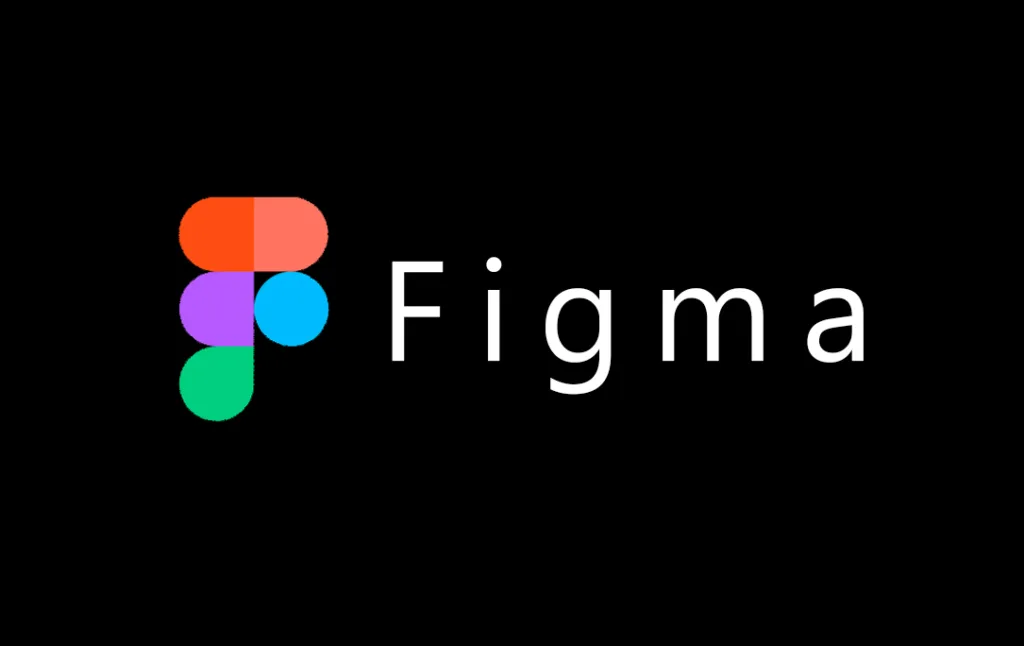Figma is a trending and powerful cloud-based design and prototyping tool. It has revolutionized the way teams work together, bridging the gap between design and development. This article will explore Figma’s key features and capabilities and how it unites the design and development teams.
Key Features of Figma Collaboration
Figma’s collaborative features are at the heart of its ability to bring designers and developers together.
Here are some:
- Browser-Based Interface: Figma’s browser-based interface eliminates the need for complex software installations, allowing teams to access and collaborate on projects from anywhere, on any device.
- Real-Time Collaboration: Multiple team members can work simultaneously on the same file, witnessing changes in real time and fostering a dynamic, collaborative environment.
- Commenting and Annotations: Figma’s commenting and annotation tools enable team members to provide feedback, ask questions, and engage in discussions directly within the design files, streamlining communication and minimizing misunderstandings.
- Version Control: Figma’s built-in version control system allows teams to track changes, revert to previous iterations, and maintain a clear audit trail of the project’s evolution.
- Component Libraries and Design Systems: By creating and sharing reusable components and design systems, teams can maintain consistency across projects and facilitate efficient collaboration between designers and developers.
Design Handoffs Smoother with Figma
One of the most significant challenges in the design-to-development workflow has traditionally been the handoff process. Figma addresses this challenge head-on by providing a range of tools and features that streamline the handoff process and ensure a smooth transition from design to development.
- Design Specifications: Figma automatically generates design specifications, including measurements, colours, and typography, eliminating the need for manual documentation and reducing the risk of errors.
- Code Export: Developers can export design elements as code snippets, CSS, or even complete React components, significantly reducing the time and effort required to translate designs into functional code.
- Prototyping and Collaboration: Figma’s prototyping capabilities allow designers to create interactive prototypes that can be shared with developers, stakeholders, and end-users, facilitating collaboration and gathering feedback early in the development process.
Real-Time Collaboration
With Figma, designers and developers can work together simultaneously on the same design file, witnessing changes as they happen. This level of real-time collaboration eliminates the need for constant file sharing, reduces the risk of version conflicts, and fosters a more dynamic and interactive working environment.
Imagine a scenario where a designer is refining a user interface element, and a developer has a question or suggestion. With Figma’s real-time collaboration, the developer can jump into the file, leave comments or annotations directly on the design, and engage in a live discussion with the designer. This seamless back-and-forth not only accelerates the feedback loop but also promotes a deeper understanding between the two disciplines, leading to better-informed decisions and a more cohesive final product.
Improving Communication and Feedback
Effective communication is the cornerstone of successful collaboration between designers and developers. Figma offers a range of features that enhance communication and facilitate feedback loops, ensuring that both teams are aligned and working towards a shared vision.
- Commenting and Annotations: As mentioned earlier, Figma’s commenting and annotation tools allow team members to provide feedback, ask questions, and engage in discussions directly within the design files. This contextual feedback promotes clarity and minimizes misunderstandings.
- Presentation Mode: Figma’s presentation mode allows designers to showcase their work to developers, stakeholders, and other team members in a visually appealing and engaging manner. This feature facilitates clear communication and ensures that everyone is on the same page.
- Live Share and Mirroring: Figma’s live share and mirroring capabilities enable designers and developers to collaborate in real time, even when working remotely. This feature promotes active collaboration and fosters a sense of shared ownership over the project.
Figma’s Prototyping Capabilities
Prototyping is a crucial step in the design and development process, as it allows teams to validate concepts, gather feedback, and identify potential issues before investing significant resources in development. Figma’s powerful prototyping capabilities make it a valuable tool for both designers and developers.
- Interactive Prototypes: Figma’s prototyping tools allow designers to create interactive prototypes that simulate the look, feel, and functionality of the final product. These prototypes can be shared with developers, stakeholders, and end-users, facilitating collaboration and gathering valuable feedback.
- Animations and Transitions: Figma’s animation and transition tools enable designers to create realistic and engaging prototypes that accurately represent the intended user experience, providing developers with a clear understanding of the desired interactions and behaviours.
- Usability Testing: With Figma’s prototyping capabilities, teams can conduct usability testing early in the development process, identifying potential issues and making informed decisions before committing to full-scale development.
Version Control and Project Management
Effective version control and project management are essential components of successful collaboration, especially in complex projects involving multiple team members. Figma offers robust version control and project management features that streamline workflows and ensure a seamless collaborative experience.
- Version History: Figma’s built-in version control system allows teams to track changes, revert to previous iterations, and maintain a clear audit trail of the project’s evolution. This feature minimizes the risk of data loss and enables teams to collaborate with confidence.
- Project Organization: Figma’s project organization tools allow teams to create and manage multiple projects, files, and pages, ensuring that all project assets are organized and easily accessible to all team members.
- Team Management: Figma’s team management features enable project managers and team leads to control access permissions, assign roles, and manage team members, ensuring that only authorized individuals can access and modify project files.
Integrating Figma with Other Tools and Platforms
While Figma offers a comprehensive set of features for design and collaboration, it also seamlessly integrates with a wide range of other tools and platforms, further enhancing its collaborative potential. These integrations allow teams to streamline their workflows, automate processes, and leverage the strengths of various tools and platforms.
- Design and Productivity Tools: Figma integrates with popular design and productivity tools such as Adobe Creative Cloud, Sketch, Jira, and Trello, enabling teams to incorporate Figma into their existing workflows and processes.
- Development Tools: Figma’s integration with popular development tools like GitHub, Zeplin, and Framer allows developers to access design assets, collaborate on code, and streamline the development process.
- Collaboration and Communication Tools: Integrations with tools like Slack, Microsoft Teams, and Google Drive facilitate seamless communication and file sharing, ensuring that all team members are kept informed and up-to-date throughout the project.
POV of Design Team
From the perspective of the design team, Figma has revolutionized the way we collaborate with developers and stakeholders. Gone are the days of endless email threads, version conflicts, and miscommunications. With Figma, we can work in real time with our development counterparts, witnessing changes as they happen and providing feedback directly within the design files.
One of the most significant benefits of Figma for our team has been the ability to create and share interactive prototypes. These prototypes not only allow us to validate our designs and gather feedback from stakeholders but also provide developers with a clear understanding of the intended user experience. This shared understanding minimizes misinterpretations and ensures that the final product aligns with our design vision.
Figma’s version control and project management features have also been a game-changer for our team. We can easily track changes, revert to previous iterations, and maintain a clear audit trail of the project’s evolution. This level of transparency and control has significantly reduced the risk of data loss and facilitated seamless collaboration among our team members.
POV of Development Team
From the development team’s perspective, Figma has been a game-changer in terms of collaboration and efficiency. Previously, the handoff process from design to development was often fraught with miscommunications, inconsistencies, and delays. With Figma, we can access design specifications, export code snippets, and even integrate design assets directly into our development workflows.
One of the most valuable features of Figma for our team has been the ability to collaborate in real time with designers. We can witness design changes as they happen, provide feedback, and engage in discussions directly within the design files. This level of transparency and communication has significantly reduced the risk of misunderstandings and ensured that our development efforts are aligned with the design vision.
Figma’s prototyping capabilities have also been a valuable asset for our team. By interacting with interactive prototypes, we can better understand the intended user experience and identify potential issues or challenges early in the development process. This proactive approach has minimized the need for costly reworks and ensured that our final products meet the desired specifications.
In short, Figma has emerged as a powerful tool for enhancing collaboration between design and development teams. With its real-time collaboration capabilities, streamlined design handoff process, enhanced communication and feedback loops, prototyping tools, version control, and integration with other tools and platforms, Figma has revolutionized the way teams work together.
By leveraging Figma’s collaborative features, designers and developers can break down silos, foster a shared understanding, and create compelling digital products that meet the needs and expectations of end-users. Whether you’re a seasoned professional or just starting your journey in design or development, embracing Figma’s collaborative potential can unlock new levels of efficiency, creativity, and success.




